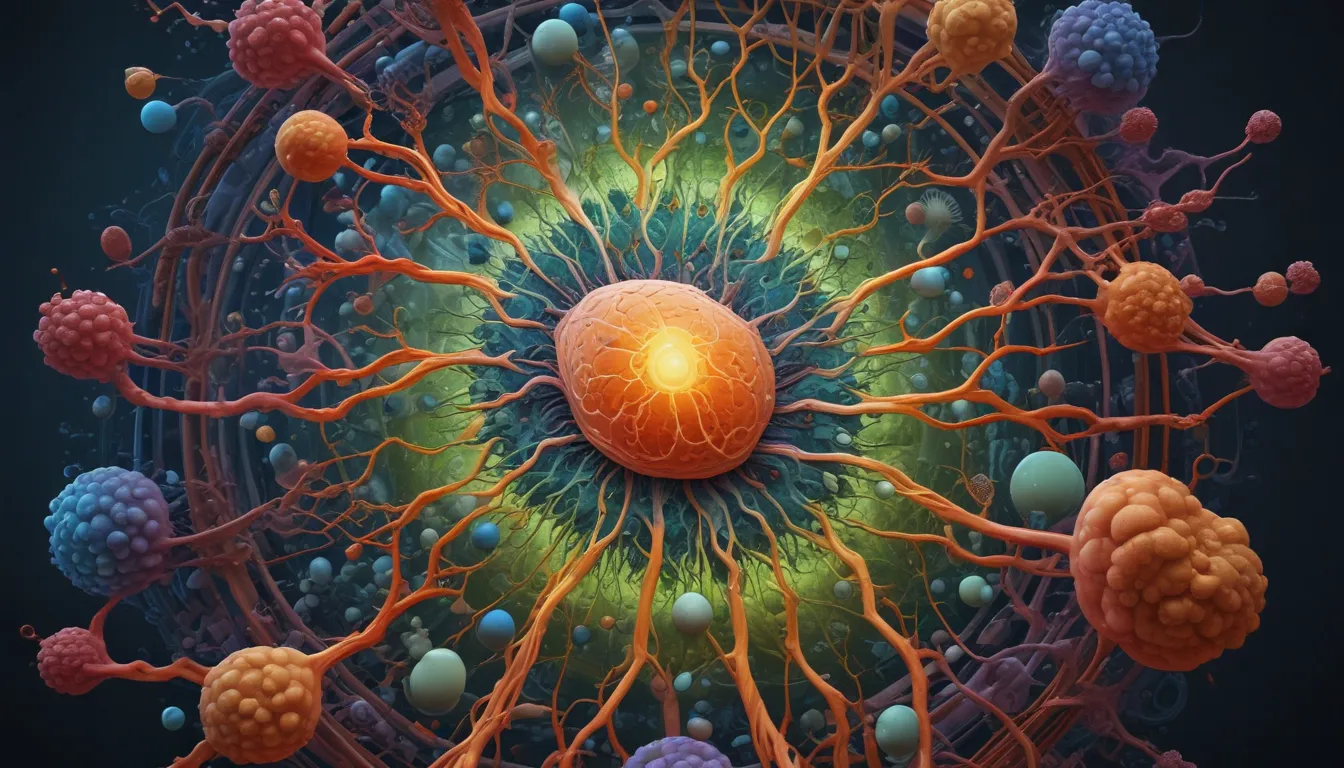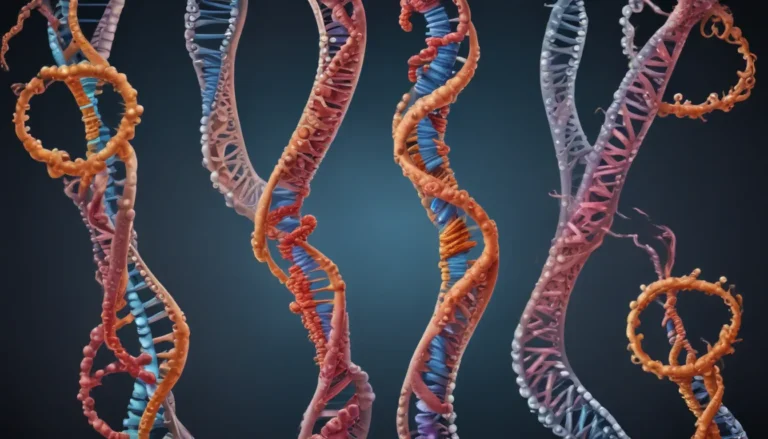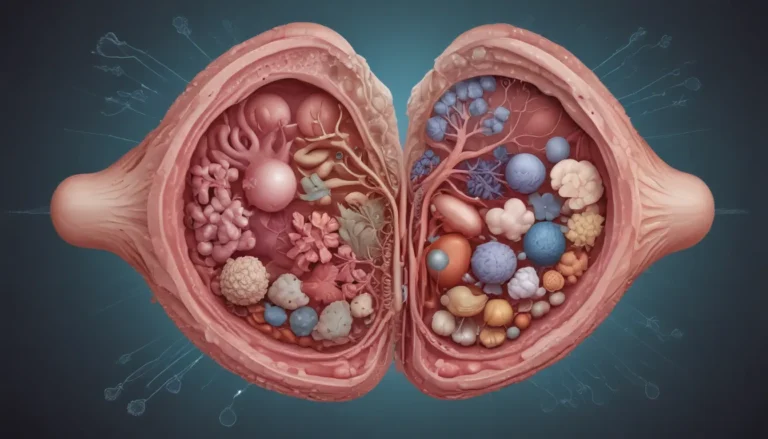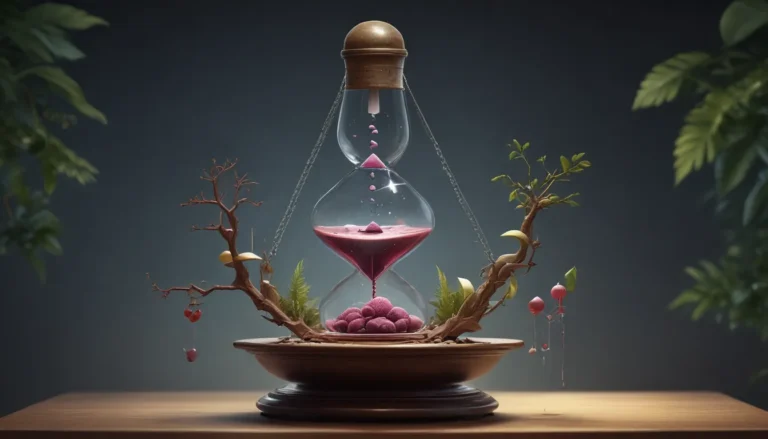A Note About Images: The images used in our articles are for illustration purposes only and may not exactly match the content. They are meant to engage readers, but the text should be relied upon for accurate information.
Welcome to the captivating world of ATP production, where the intricate processes of cellular energy generation unfold before our eyes. From the bustling factories within our cells to the marvels of mitochondrial powerhouses, ATP production is a cornerstone of life’s vitality. Join us as we explore 18 extraordinary facts that highlight the significance and complexity of this biological phenomenon.
The Essence of ATP: The Cell’s Energy Currency
ATP, or adenosine triphosphate, is the molecular currency that fuels our cellular activities. Often likened to energy money, ATP is paramount for powering muscle movement, cell signaling, and cognitive functions. Without it, our cells would lack the vigor needed for vitality and efficiency.
The Marvel of Mitochondria: Powerhouses of Energy Production
Within the intricate landscape of our cells lies the mitochondria, the powerhouses responsible for ATP production. Through processes like glycolysis, the Krebs cycle, and oxidative phosphorylation, these specialized structures orchestrate the synthesis of ATP molecules, ensuring a steady supply of cellular energy.
The Symphony of Glucose Breakdown: A Pathway to Energy Release
In the intricate dance of cellular respiration, glucose molecules undergo enzymatic breakdown to yield energy. This energy is harnessed to generate ATP molecules, laying the foundation for cellular vitality and function.
Embracing Aerobic Excellence: The Oxygen-Dependent Pathway of ATP Production
The primary realm of ATP production unfolds in the presence of oxygen, marking it as an aerobic process. Oxygen’s pivotal role as the final electron acceptor in the electron transport chain is instrumental in driving ATP synthesis to fruition.
Unveiling the Anaerobic Alchemy: Alternative Routes to ATP Generation
In exceptional circumstances, such as intense exercise or oxygen deprivation, cells resort to anaerobic pathways like fermentation to churn out ATP. Though less efficient than aerobic respiration, these pathways offer a lifeline during challenging times.
The Enigmatic Electron Transport Chain: A Proton Parade for ATP Synthesis
At the heart of ATP production lies the electron transport chain, a series of protein complexes nestled in the inner mitochondrial membrane. Through electron transfer from NADH and FADH2 to oxygen, a proton gradient is established, setting the stage for ATP synthesis.
The Bounty of ATP: A Treasure Trove of Energy
With the complete oxidation of glucose via aerobic respiration, cells reap a reward of approximately 36 ATP molecules. This meticulous process maximizes energy extraction from glucose, ensuring optimal cellular functioning.
The Harmony of Regulation: Balancing ATP Production for Cellular Health
Cells maintain a delicate equilibrium in ATP production through feedback mechanisms that regulate enzyme activity and ATP concentration. This intricate dance ensures that energy production meets the dynamic demands of cellular life.
The Symphony of Factors: Influences on ATP Production
Temperature, pH, and the availability of coenzymes and substrates intricately influence ATP production. Any disruptions in these factors can impede the efficiency of ATP synthesis, underscoring the importance of environmental harmony.
The Vital Role of ATP: Fueling Muscle Contractions and Beyond
In the realm of muscle contraction, ATP emerges as a vital energy source, powering the intricate interaction of actin and myosin filaments. Without ATP, the rhythm of muscle function would falter, underscoring its indispensability.
Navigating Active Transport: ATP’s Hand in Ion Balance
Active transport mechanisms like the sodium-potassium pump rely on ATP to shuttle ions against their concentration gradients. This essential process maintains cellular balance and sustains key physiological functions.
Embarking on Cell Signaling Pathways: ATP as a Messenger
ATP emerges as a pivotal player in cell signaling, activating purinergic receptors and orchestrating diverse physiological responses. Its role in intercellular communication sheds light on the multifaceted functions of this energy currency.
Ensuring Neurological Harmony: The Crucial Role of ATP in Brain Function
As one of the most energy-demanding organs, the brain relies on ATP for optimal cognitive processes, neurotransmission, and overall neurological health. The seamless orchestration of ATP production is vital for sustaining brain function.
Unveiling the Photosynthetic Marvel: Plants’ Pathway to ATP
In the realm of plants and select microorganisms, photosynthesis unlocks the pathway to ATP production. By converting light energy into chemical energy, plants harness the power of ATP alongside glucose synthesis for growth and vitality.
Celebrating Evolutionary Conservation: The Ancient Roots of ATP Production
Across the tapestry of evolution, the mechanisms of ATP production, from oxidative phosphorylation to the electron transport chain, have withstood the test of time. This conservation underscores the fundamental role of ATP as an enduring energy source.
Navigating Drug Interactions: Impact on ATP Production
Certain drugs and toxins wield the power to disrupt ATP production by targeting enzymes or unsettling mitochondrial function. These interactions can have profound consequences on cellular metabolism and energy production, underscoring the delicate balance within cells.
Embracing the Dynamic Nature of ATP Production
ATP production unfolds as a dynamic process, responding to metabolic demands and cellular conditions. This adaptive nature allows cells to finely tune their energy production based on evolving needs, ensuring optimal functioning.
Conclusion: Unraveling the Wonders of ATP Production
In the tapestry of life’s vitality, ATP production emerges as a cornerstone of cellular energy metabolism. These 18 extraordinary facts shed light on the intricate mechanisms and pivotal role of ATP production in sustaining life’s vitality. From the diversity of ATP synthesis methods to the crucial role of mitochondria, these revelations underscore the profound complexity and efficiency of this biological process.
Understanding ATP production transcends biological realms, extending its impact to fields like medicine, agriculture, and bioengineering. By unraveling the secrets of ATP synthesis, scientists pave the way for innovative therapies, enhanced crop yield, and sustainable energy production, shaping the landscape of human health and environmental stewardship.
As we navigate the realms of cellular energy, let the marvel of ATP production inspire wonder and curiosity, unveiling the remarkable adaptability of life on Earth. Embrace the journey of discovery, as we delve into the depths of cellular energy production to unlock the mysteries of vitality and resilience.
FAQs
- What is ATP production?
-
ATP production is the process through which cells generate adenosine triphosphate (ATP), the primary molecule for storing and transferring energy within cells.
-
How is ATP produced in the body?
-
In the body, ATP is produced through cellular respiration, where glucose and oxygen are converted into carbon dioxide, water, and ATP. This process primarily occurs in the mitochondria of cells.
-
Are there different methods of ATP production?
-
Yes, different organisms employ various methods of ATP production. While most organisms utilize cellular respiration, some bacteria and archaea generate ATP through processes like fermentation and anaerobic respiration.
-
What role do mitochondria play in ATP production?
-
Mitochondria serve as the powerhouses of the cell, spearheading the majority of ATP production through cellular respiration mechanisms.
-
What happens if ATP production is disrupted?
- Disruptions in ATP production can lead to a depletion of cellular energy, hindering essential functions and potentially culminating in health complications and life-threatening conditions.
As we unravel the mysteries of cellular energy production, let the wonders of ATP production ignite a sense of awe and appreciation for the intricate mechanisms that sustain life’s vitality. Join us on this enlightening journey into the realm of ATP production, where each revelation unveils the marvels of cellular resilience and energy optimization.






